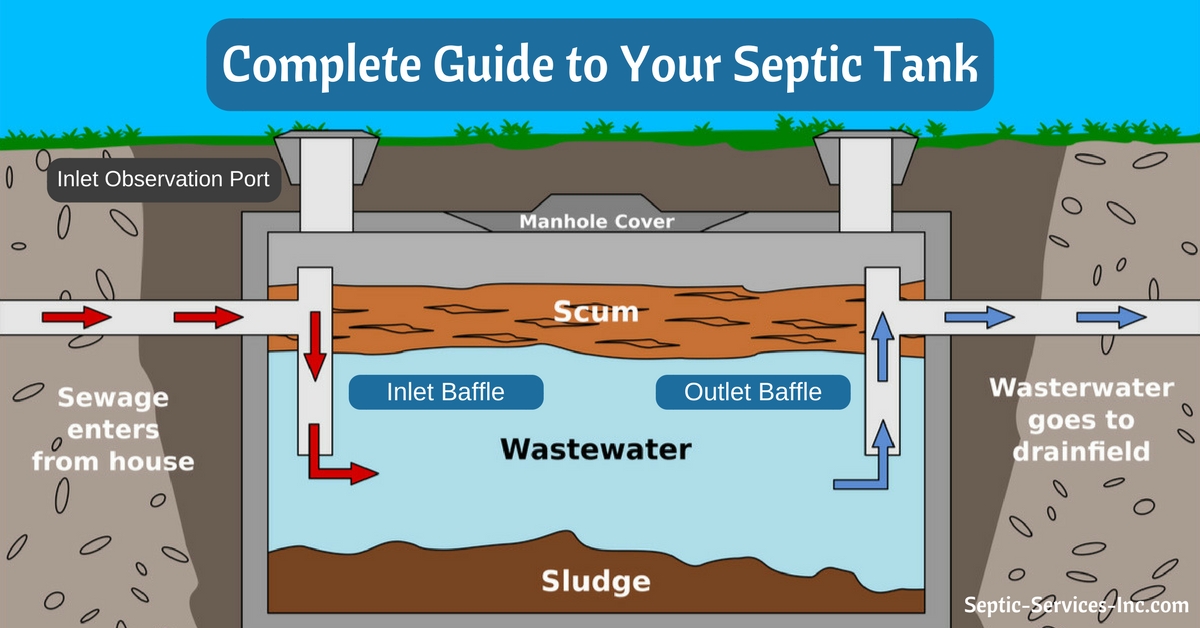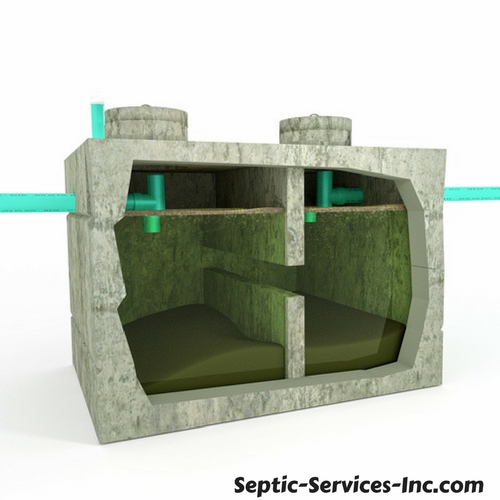If it’s been awhile since your last septic pumping, the holiday season is a great time to knock that off your to-do list. I know it’s seems like one more thing to worry about with all that is coming up on the holiday season, but it is well worth the effort of squeezing it in. Thanksgiving, Christmas, New Year’s, and even the Super Bowl all add strain to your septic system.
During the holidays you look forward to your family coming home and having large dinners. With the influx of people comes a surge of water usage. Think about it. There is cooking, cleaning, showers, toilet flushes, and college kids bringing home all the clothes in their possession to be washed. All of that water can cause harm to your septic system.
Septic Tank and Holidays
When you use a lot more water than normal the first thing that happens is that the septic tank is churned up more than usual. This causes the solids and sludge to exit the tank before they have a chance to float to the top or fall to the bottom. If you have not pumped your tank in a while you have a greater chance of churning up the solids that should stay in your tank. Once the grease and sludge leave your tank they can cause harm to your drain field.
Drain Field and Holidays
The drain field is the next component that is affected by the holiday rush. The main issue is the sludge and grease that can potentially exit the tank. These will clog up the soil in your drain field causing it to lose its ability to drain. Over time the accumulation of sludge and grease will keep your drain field from draining entirely and the sewage will start to come up onto the ground. The water usage by itself can create problems with the drain field. The drain field needs time to rest so that the water can drain and the bacteria in the drain field can eat away at the sludge. Even if you pump your tank after the holidays you can help your drain field by giving it time to rest while the tanks are filling back up.
Learn more about drain fields and their maintenance by clicking here.
With so many holidays strung together (don’t forget the Super Bowl too) your septic system needs proper care and maintenance. If it has been more than two years since your last pumping, give us a call and we will gladly schedule you in for a pump out.












